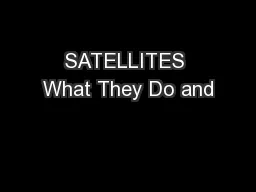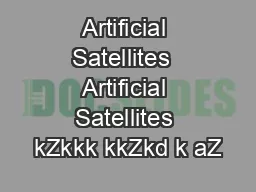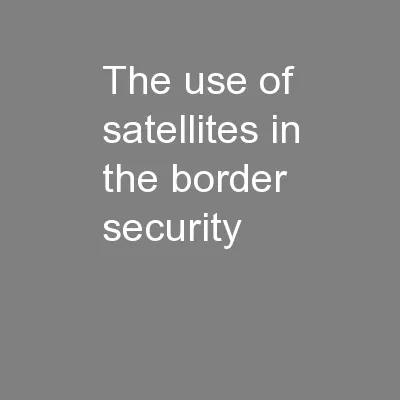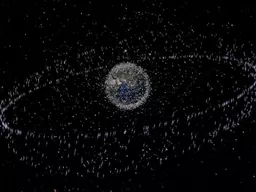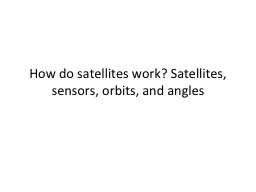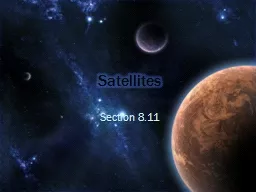PPT-SATELLITES What They Do and
Author : alexa-scheidler | Published Date : 2018-02-15
How They Work Michael J Mackowski Aerospace Engineer October 2013 With Updates from Shawn Shepherd 2 What Satellites Do Types of Satellite Missions Weather Communications
Presentation Embed Code
Download Presentation
Download Presentation The PPT/PDF document "SATELLITES What They Do and" is the property of its rightful owner. Permission is granted to download and print the materials on this website for personal, non-commercial use only, and to display it on your personal computer provided you do not modify the materials and that you retain all copyright notices contained in the materials. By downloading content from our website, you accept the terms of this agreement.
SATELLITES What They Do and: Transcript
Download Rules Of Document
"SATELLITES What They Do and"The content belongs to its owner. You may download and print it for personal use, without modification, and keep all copyright notices. By downloading, you agree to these terms.
Related Documents

